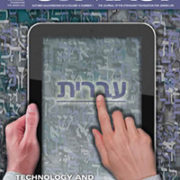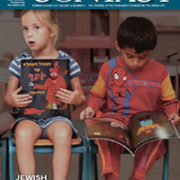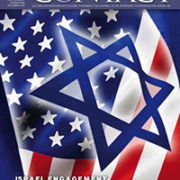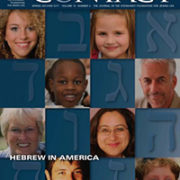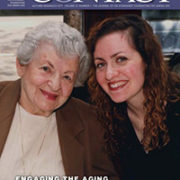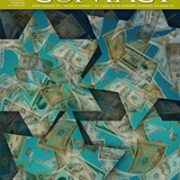For decades, Israel engagement in North America hewed to a narrow narrative line. If not overtly political, the methods of engagement frequently had politics just beneath the surface. Engagement meant understanding Israel’s importance to the world Jewish community as well as its right to exist — both in a general sense and in relation to the events of the day. This often turned engagement into a reactive enterprise — how the community could shore up support for this policy or for that war, and how Israel’s actions could best be presented and explained.




